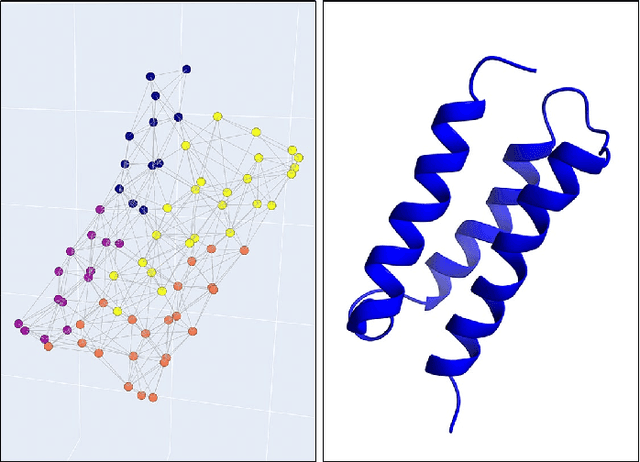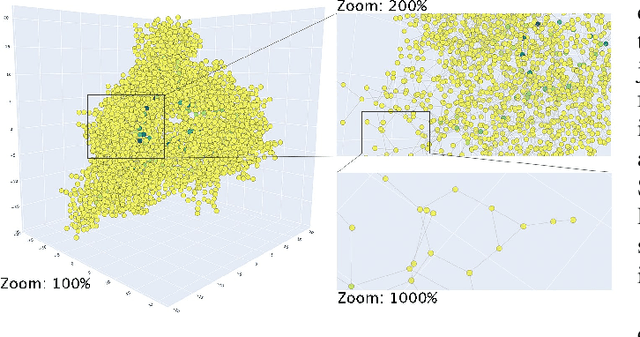Alexander van der Grinten
Interactive Visualization of Protein RINs using NetworKit in the Cloud
Mar 02, 2022



Abstract:Network analysis has been applied in diverse application domains. In this paper, we consider an example from protein dynamics, specifically residue interaction networks (RINs). In this context, we use NetworKit -- an established package for network analysis -- to build a cloud-based environment that enables domain scientists to run their visualization and analysis workflows on large compute servers, without requiring extensive programming and/or system administration knowledge. To demonstrate the versatility of this approach, we use it to build a custom Jupyter-based widget for RIN visualization. In contrast to existing RIN visualization approaches, our widget can easily be customized through simple modifications of Python code, while both supporting a good feature set and providing near real-time speed. It is also easily integrated into analysis pipelines (e.g., that use Python to feed RIN data into downstream machine learning tasks).
Effectiveness of pre- and inprocessing for CDCL-based SAT solving
Oct 17, 2013



Abstract:Applying pre- and inprocessing techniques to simplify CNF formulas both before and during search can considerably improve the performance of modern SAT solvers. These algorithms mostly aim at reducing the number of clauses, literals, and variables in the formula. However, to be worthwhile, it is necessary that their additional runtime does not exceed the runtime saved during the subsequent SAT solver execution. In this paper we investigate the efficiency and the practicability of selected simplification algorithms for CDCL-based SAT solving. We first analyze them by means of their expected impact on the CNF formula and SAT solving at all. While testing them on real-world and combinatorial SAT instances, we show which techniques and combinations of them yield a desirable speedup and which ones should be avoided.
 Add to Chrome
Add to Chrome Add to Firefox
Add to Firefox Add to Edge
Add to Edge